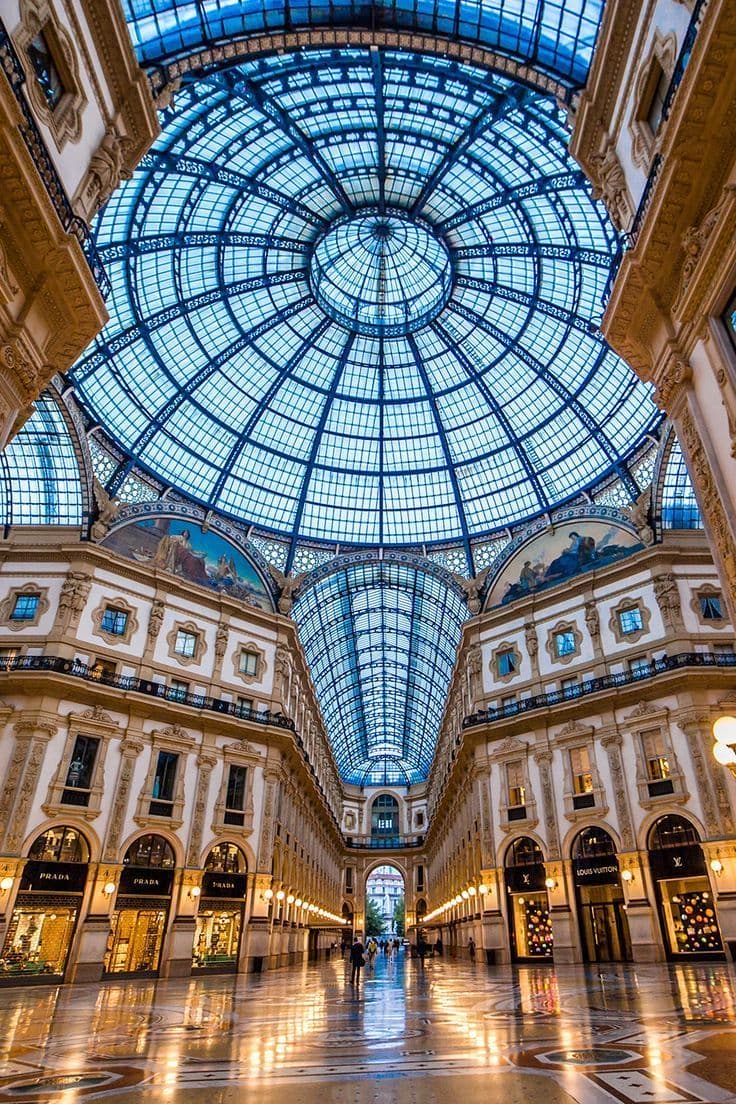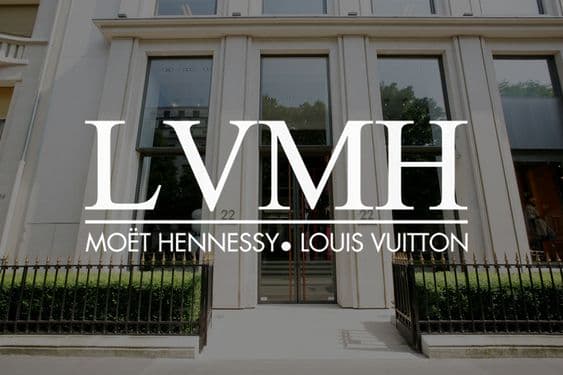
Chinese customers returning to Paris and Milan 2024
Despite the fact that Chinese customers can now travel to Europe, investors shouldn’t count on them to visit quickly to fill up on high-end merchandise.
High expectations are created in the luxury market by Chinese customers returning to Paris and Milan 2024
Investors shouldn’t expect Chinese customers to rush over to stock up on Cartier watches and Hermes handbags, even though they can now travel to Europe alone or in groups. It’s possible that the much-heralded rebirth of Chinese travel to the continent won’t happen until late 2024 or early 2025.
Approximately 170 million Chinese customers traveled abroad for leisure before the Covid-19 outbreak in 2020, with France and Italy being popular destinations outside of Asia. As a result, according to Oliver Wyman, they spent more than half of their luxury budget outside of their native market.
Travel is still a dream for many. Recently, LookLook, an insights company, used its “LuxuryVerse,” a panel of 100 affluent Chinese customers, specially women between the ages of 24 and 42, to conduct in-depth research. It should come as no surprise that their top value after the lockdowns appears to be freedom.
Nearly half of LookLook’s user base gave a new handbag top priority in the beginning of 2023. Currently, this percentage is below one in five. By contrast, about one in three people are willing to spend money on travel. Their favorite destination is Europe, and many of them have no desire to visit the US.
But ahead of when they can take their ideal vacations, even these wealthy women have to overcome formidable obstacles. Approximately one third of LookLook’s panel members mention visa concerns as a barrier. According to tax-free shopping experts Global Blue, Chinese traveler spending in Europe and flight capacity increased slightly in November, but they are still far below 2019 levels.
Furthermore, the soaring expenses of lodging in Europe have increased the financial burden of vacations. Analysts at Jefferies estimate that a Chinese couple’s week-long trip to Milan, which includes the purchase of one high-end handbag, will set them back about RMB 53,000 ($7,456.18), nearly twice as much as it did in 2019.

The emerging wealthy will suffer even more if the financially secure are cutting back on their foreign travel. This implies that group travel from China to Europe might not rebound anytime soon. In September, Oliver Wyman conducted a survey with over 7,000 middle-class Chinese individuals and discovered that their inclination to travel abroad had decreased. Instead of going overboard with an expensive trip abroad, they are choosing to save as the post-reopening recovery falters and economic uncertainty rises.
Besides, there are plenty of interesting options nearby; why should chinese customers travel abroad?
For example, VIP clients in China are now receiving better treatment. WeChat programs have been implemented by numerous western companies, allowing them to interact with and cater to their elite clientele. A few brands have also reduced the price gap between China and other countries, but there are less deals overseas due to the weakening yuan. Additionally, fashion houses are selling a far greater range of products in the nation and presenting them to VIPs at special events. Additionally, consumers have grown accustomed to purchasing luxury items whenever they want rather than saving for a big trip abroad in recent years.
To provide the best possible shopping experience, the major brands have also been making investments in their stores located in Chinese cities. The world of luxury shopping has taken off not only in Beijing and Shanghai but also in places like Chengdu. The creative director of Louis Vuitton menswear, Pharrell Williams, recently visited these three stores. Hainan is expanding quickly too. In an attempt to capitalize on the expanding tourism industry in the area, DFS Group, the travel retail division of LVMH, announced in October that it would construct a sizable retail and entertainment complex on the tax-free island.
If Hainan achieves its goal of becoming completely duty-free in 2025, domestic spending will increase even further. Oliver Wyman estimates that by 2028, it could have doubled its share of the domestic luxury market, which is currently dominated by beauty, from an estimated 9% to 18%. On the other hand, the professional services firm estimates that Chinese luxury expenditure overseas might not recoup more than 20%–25% of their entire expenditure in the medium– to long–term.
In addition to the high cost of international travel, Chinese customers might continue to choose more affordable options when it comes to local travel. They might reconsider visiting Europe in light of the ongoing conflicts in the Middle East and Ukraine, as well as the most recent attack on tourists in Paris.
Travel to Hong Kong and Macau has increased, according to luxury conglomerates LVMH and Richemont. LVMH, in collaboration with the billionaire Cheng family, hosted its inaugural fashion show in Hong Kong. Williams’ pre-fall menswear collection reveal highlights initiatives to revitalize Hong Kong as a travel and retail destination.

As a result of the depreciating value of the yen, its reputation as a trend-setter, and the luxury brands that have opened up shop there, Japan is also becoming more and more popular. Similar conditions exist in South Korea, which, like Singapore and Thailand, would benefit from an increase in Chinese customers. As a result, HSBC analysts predict that luxury sales in Japan and throughout Asia will rise to their highest level in 2019.
The big luxury brands need to make sure that their stores and services stay at the highest caliber in China, considering the prospects for Chinese leisure travel to Europe. They also need to get ready for the possibility that some Chinese travel to Europe will eventually resume.
Those who are extremely wealthy are probably the majority of chinese customers who travel. Brands have an obligation to treat them just as well as, if not better than, at home. VIPs should be given priority treatment by Mandarin-speaking sales associates in private lounges and should not have to wait in line. Unique experiences in the area will be essential. It will also be essential to communicate with VIPs via WeChat and have an adequate supply of the most sought-after handbags, jewelry, watches, and shoes in addition to clothing and shoes in the right sizes.
LookLook discovered that the tastes of high-spending young female Chinese customers in their own country are changing quickly from flashy and logo-heavy designs to versatility and understated luxury.
Businesses have plenty of time to refine their products because it will be at least six months to a year before China begins to travel in large numbers to Europe. That ought to offer the upscale residences the best opportunity to capitalize on Dragon-year expenditures.
Conclusion: Although Chinese customers are keen to return to the fashion capitals, at the moment there are other priorities and higher values than luxury goods.
Legge anche:
NEWSLETTER
Vuoi ricevere Mam-e direttamente nella tua casella di posta? Iscriviti alla Newsletter, ti manderemo un’email a settimana con il meglio del nostro Magazine.


